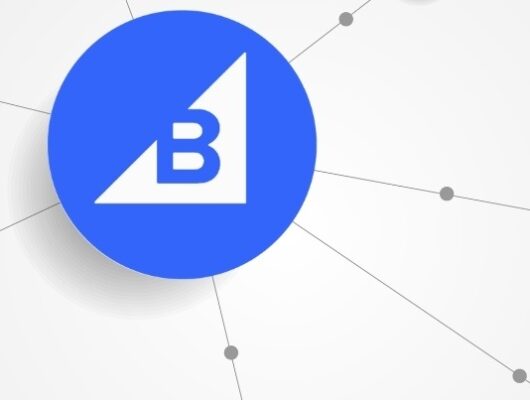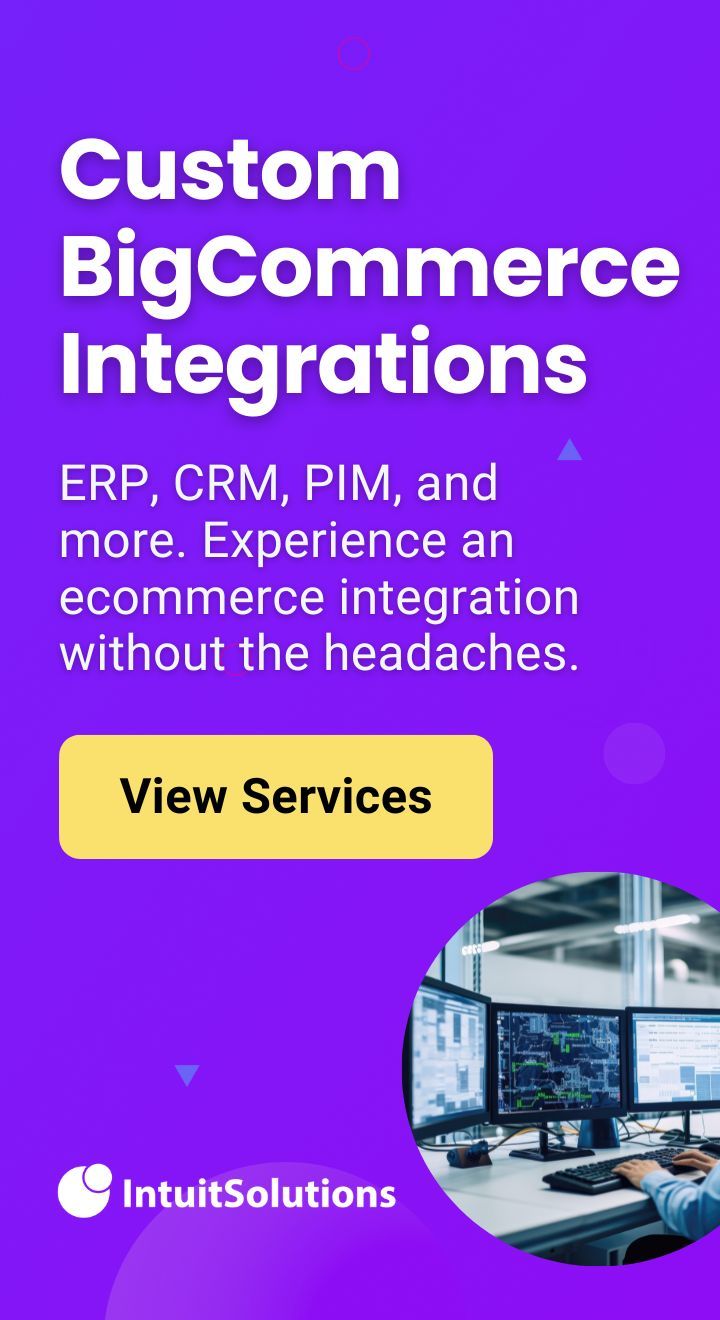In a digital economy of ever-increasing complexity, maintaining a competitive edge depends on how well your technology works together. Whether it’s building customer relationships, maintaining inventory, or managing product information, the systems you use should make your ecommerce business more efficient—and your life easier.
But where do you start? How can you evaluate your current systems, identify gaps, and implement solutions that not only fix these issues but propel your business forward?
This guide explores the importance of a seamlessly integrated tech stack, identifying common pain points faced by ecommerce businesses and the solutions that can address them.
By optimizing ecommerce integrations, companies can enhance operational efficiency, improve customer satisfaction, and drive growth. Read on to start planning for your business.
Common Pain Points for All Ecommerce Merchants
Before we explore integration strategies, it’s essential to acknowledge the ubiquitous challenges that ecommerce businesses face.
Disparate systems often create operational bottlenecks, impede growth, and reduce efficiency.
By identifying these common pain points, you’ll gain insight into the crucial role of a seamlessly integrated tech stack and its transformative potential for your business operations and growth.
Some of the common pain points include:
- Data Silos and Inefficiency: Fragmented tech systems lead to inefficiencies that hinder decision-making and growth.
- Inventory Management Challenges: Poor integration results in inaccurate stock levels, missed sales opportunities, and customer dissatisfaction.
- Inadequate Customer Relationship Management: Without a unified view of customer interactions, businesses struggle to deliver personalized services and retain customers.
- Complex Order Processing and Fulfillment: Inefficient systems delay order processing, and negatively impacting customer experience and operational costs.
- Financial Management and Reporting Issues: Disjointed financial data complicates reporting, forecasting, and revenue management.
Get a Custom Integration for BigCommerce
Say goodbye to technical roadblocks. Experience an ecommerce integration without the headaches.
Strategizing Your Ecommerce Tech Stack: Assessment to Execution
To harness the full potential of tech integrations, begin by assessing your current technological landscape and make a plan for improvement. This evaluation involves understanding your existing systems, pinpointing integration gaps, and laying out a strategic approach to addressing these gaps, along with the proper support.
At IntuitSolutions, we’re here to help you with this entire process. Our BigCommerce integration experts have more than two decades of experience guiding clients through the important steps that will move the needle for their business.
Start by following these steps:
-
Select the Ideal Integration Partner: Choose a partner based on their expertise in your specific ecommerce platform, their experience with businesses of your scale, and their ability to provide ongoing support and development.
-
Perform a Comprehensive System Audit: Initiate your integration strategy by conducting a detailed examination of your existing tech stack. This helps identify redundant processes, system bottlenecks, and opportunities where integrations can enhance efficiency. What systems does your store use? These may include:
- Customer Relationship Management (CRM)
- Product Information Management (PIM)
- Point of Sale (POS)
- Warehouse Management System (WMS)
- Enterprise Resource Planning (ERP)
- And more
-
Identify Integration Objectives: Clearly define what you aim to achieve with your integrations, such as improved data flow, enhanced customer experience, or more streamlined operations. These objectives will guide the selection of technologies and partners. Ask yourself the following questions.
- Where are there redundant or manual processes?
- Where is there overlap or gaps between systems?
- What support will I need to close these gaps?
-
Evaluate Integration Technologies: Assess potential integration solutions for their compatibility with your current systems, scalability for future growth, ease of implementation, and overall cost-effectiveness. Your integration partner should play a key role in helping you assess these solutions.
-
Develop an Integration Blueprint: Create a detailed plan that includes defined roles and responsibilities for all stakeholders involved. This blueprint should also include a ‘systems information diagram’ that outlines the technical steps, resource allocation, and risk management strategies.
Ecommerce Integration Solutions: Leveraging Unified Systems for Business Success
When implemented correctly, each system integration has the potential to transform aspects of your business by streamlining operations and enhancing efficiency.
Below, we explore three common ecommerce integrations: Customer Relationship Management (CRM), Enterprise Resources Management (ERP), and Product Information Management (PIM), discussing their core functions, benefits, and hypothetical scenarios to illustrate their impact.
CRM Integration
Integrating a Customer Relationship Management (CRM) system unifies customer data across all points of interaction, providing a single, comprehensive view of the customer journey.
Features + Benefits: A CRM integration can enhance customer satisfaction by enabling personalized marketing and website experiences, improving customer service, and streamlining communication. It also helps in better lead management and increases sales conversion rates through targeted strategies.
Hypothetical Impact: Imagine a scenario where immediately after a customer makes an online purchase, your integrated CRM system triggers a personalized thank you email and tailored product recommendations based on their purchase history. This not only enhances the customer experience but also increases the likelihood of repeat purchases.

ERP Integration
An Enterprise Resource Planning (ERP) integration centralizes various business processes such as finance, HR, manufacturing, and supply chain management into one unified system.
Features + Benefits: This integration facilitates better resource management, enhances real-time decision-making capabilities, and improves financial compliance and accuracy. It also simplifies reporting processes, making them more efficient.
Hypothetical Impact: Consider a manufacturer whose ERP system is integrated with their ecommerce platform. The moment a sale is made online, the ERP system updates inventory and production schedules in real-time, thus preventing stock-outs and optimizing supply chain efficiency.

PIM Integration
Product Information Management (PIM) integrations centralize product data management, ensuring that accurate and consistent product information is distributed across all ecommerce channels—from your online store and Google results to social media platforms.
Features + Benefits: A PIM integration improves product data accuracy, expedites time-to-market, and enhances customer satisfaction by ensuring that customers receive comprehensive and accurate product information.
Hypothetical Impact: Envision an ecommerce store that expands its product line rapidly. With an integrated PIM system, product information is seamlessly updated and consistent across all sales channels without manual intervention, reducing errors and saving time.

Key Takeaways
Throughout this guide, we’ve explored the essential role that a well-integrated tech stack plays in enhancing the operational efficiency and scalability of ecommerce businesses.
Integrating your technology stack is more than a technical upgrade—it’s a strategic enhancement to your core business processes. At IntuitSolutions, we specialize in turning integration challenges into growth opportunities.
Ready for a complimentary assessment of your tech stack to see where there’s room for improvement? Contact us here or call 866-901-4650.
Get a Custom Integration for BigCommerce
Say goodbye to technical roadblocks. Experience an ecommerce integration without the headaches.










